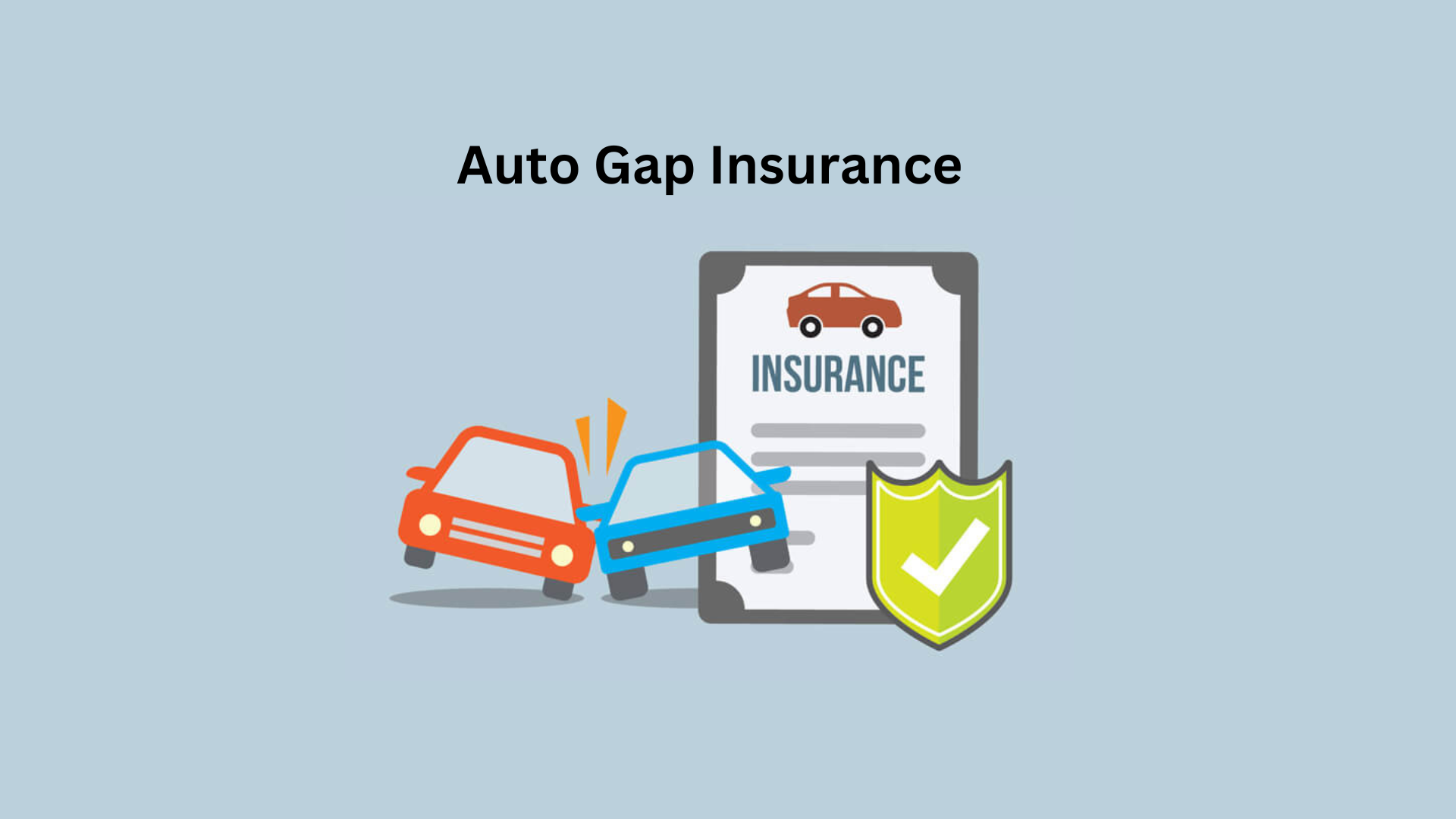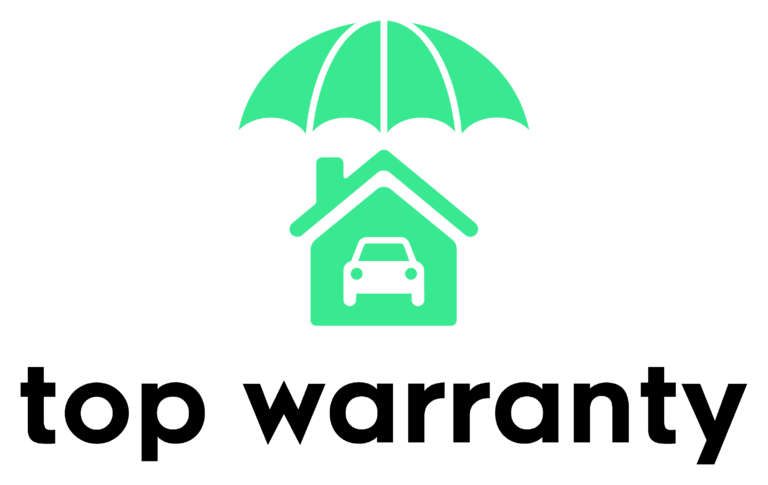
Purchasing a new vehicle is an exciting venture, but the moment you drive it off the lot, its value begins to depreciate. In the event of an accident or theft, standard auto insurance may not cover the full cost of replacing your vehicle if it’s deemed a total loss. This is where Auto Gap Insurance comes into play. In this blog post, we’ll delve into what Auto Gap Insurance is, how it works, and why it can be a valuable addition to your auto insurance coverage.
What is Auto Gap Insurance?
Gap insurance, or Guaranteed Asset Protection, is a specialized type of auto insurance designed to cover the “gap” between the current market value of your vehicle and the amount you still owe on your auto loan or lease. This gap arises due to the rapid depreciation of a vehicle’s value during its early years.
How Does Gap Insurance Work?
When you purchase a new car, its value immediately decreases the moment you drive it off the lot. If your vehicle is involved in an accident, stolen, or declared a total loss, standard auto insurance typically covers the current market value of the car. However, this amount may be less than what you owe on your auto loan or lease. Gap insurance steps in to cover the difference, ensuring that you are not left financially responsible for the remaining balance.
Why Gap Insurance Matters
Gap insurance becomes particularly crucial for individuals who:
- Leased their vehicle: Lease agreements often require the lessee to pay the difference between the insurance payout and the remaining lease balance if the vehicle is declared a total loss.
- Made a small down payment: A minimal down payment on a new car loan can result in a significant gap between the loan amount and the vehicle’s value.
- Financed a vehicle with a long-term loan: Vehicles depreciate faster than the loan balance decreases, creating a potential gap.
Coverage Scenarios
Gap insurance covers various scenarios, including:
- Accidents leading to a total loss.
- Vehicle theft.
- Natural disasters damaging the vehicle beyond repair.
- Situations where the cost of repairs exceeds the vehicle’s value.
Where to Get Gap Insurance
Gap insurance can be obtained through various sources:
- Auto dealerships: Dealers often offer gap insurance at the time of vehicle purchase or lease.
- Auto insurance providers: Many insurance companies offer gap insurance as an additional coverage option.
- Standalone gap insurance providers: Some companies specialize in gap insurance, providing coverage without the need for a separate auto insurance policy.
Cost of Gap Insurance
The cost of gap insurance varies, and it can be a one-time upfront payment or included in monthly insurance premiums. Factors influencing the cost include the vehicle’s make and model, the length of the loan or lease, and the provider’s pricing structure.
When to Consider Gap Insurance
Considering gap insurance is advisable in the following situations:
- Purchasing a new vehicle with a high rate of depreciation.
- Making a minimal down payment.
- Financing a vehicle with a long-term loan.
- Leasing a vehicle.
Auto Gap Insurance serves as a financial safety net, protecting you from the potential financial gap between your vehicle’s market value and the amount you owe on your loan or lease. While it may not be necessary for every car owner, understanding its benefits and evaluating your individual circumstances can help you make an informed decision about whether Gap Insurance is the right addition to your auto insurance coverage.
